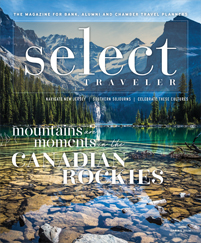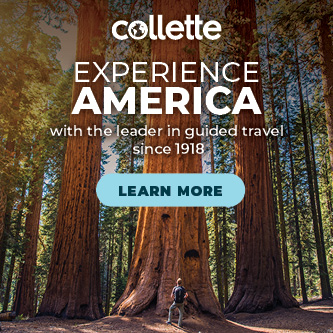Traveling is one of the best things that you can do to stimulate your mind and refresh your soul. Unfortunately, those benefits often come at the expense of your body.
The very act of traveling can be physically grueling, and many of the habits that we indulge during trips can compound that stress and fatigue. If you travel often, whether escorting groups, attending conferences or going on your own for leisure, the road can begin to take a lasting, noticeable toll on your health and fitness.
Though there are some elements of traveling that will always be taxing, going on a trip doesn’t have to mean surrendering to sickness, sleeplessness and poor decisions. Staying fit and healthy on the road is important for maintaining your peak performance level. And understanding some health and wellness basics can help you ensure that your travelers have enjoyable, well-balanced trips as well.
Here are five keys to health and fitness for any frequent traveler.
Hit the Fitness Center
If you’re a frequent user of a nice gym at home, the fitness center at most hotels will be a far cry from the environment where you normally work out. But even the smallest hotel gym with a couple of cardio machines and a handful of free weights is better than nothing. Since both tours and conferences often include heavy meals and a lot of time sitting, a morning workout in the on-site fitness center can be crucial for keeping your limbs loose and your calorie count in check. And if your hotel doesn’t have a fitness center, or if it’s too crowded, a quick search of YouTube will yield hundreds of workout routines you can do right in your room.
Keep Things Active
As a rule, your tours shouldn’t include many long stretches of sitting or inactivity; today’s travelers are much more interested in doing than simply seeing. And if you or your clients are especially interested in health, you should consider upping the level of activity options in your itineraries. Instead of taking a scenic drive through a national park, offer the option to take a guided hike instead. During free-time breaks, find area activities that are more vigorous than just shopping and eating, and help your travelers make arrangements to try those activities if they’re interested. Research shows that physical activity makes people feel happier, so keeping trips active is a great way to also make sure they are enjoyable.









